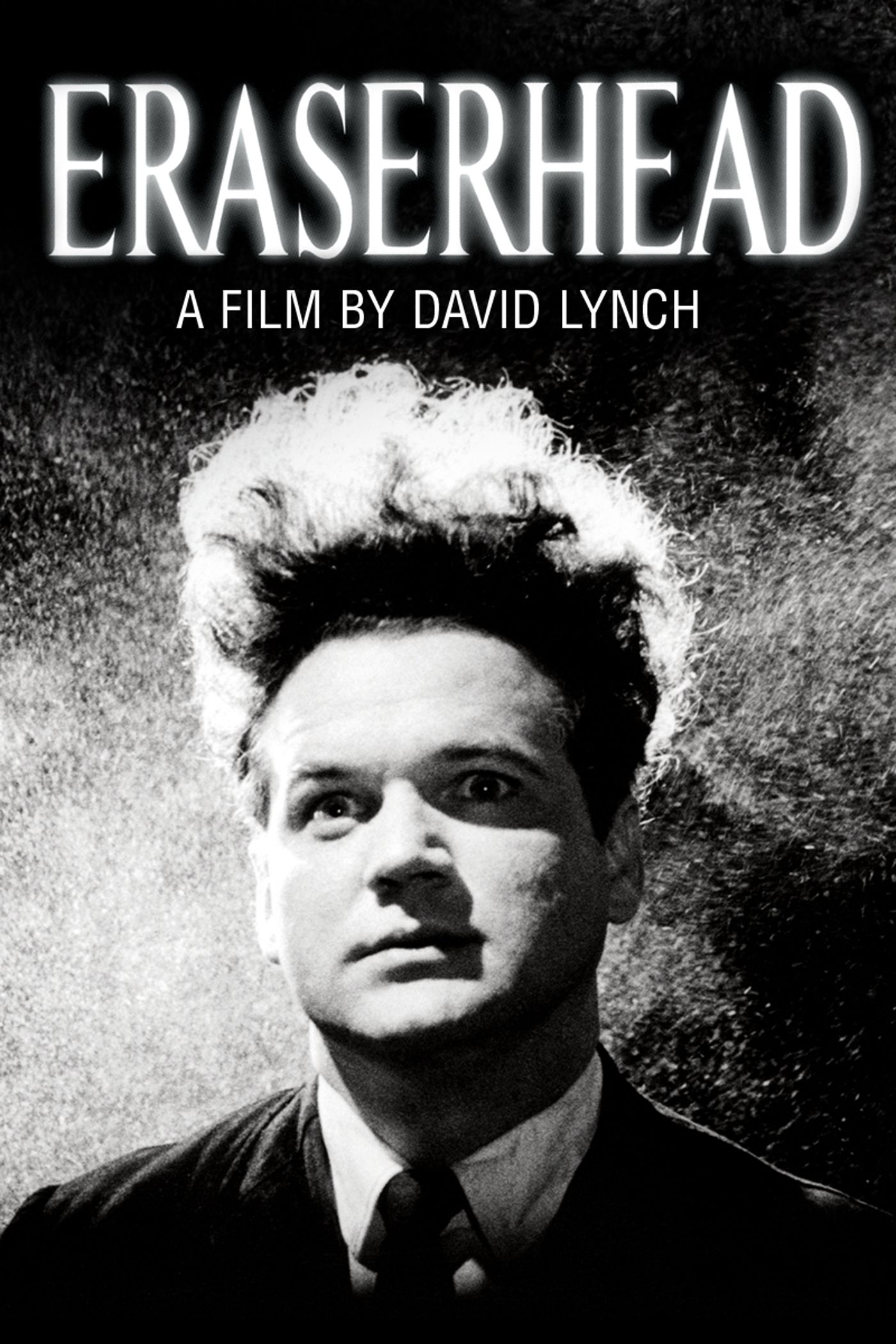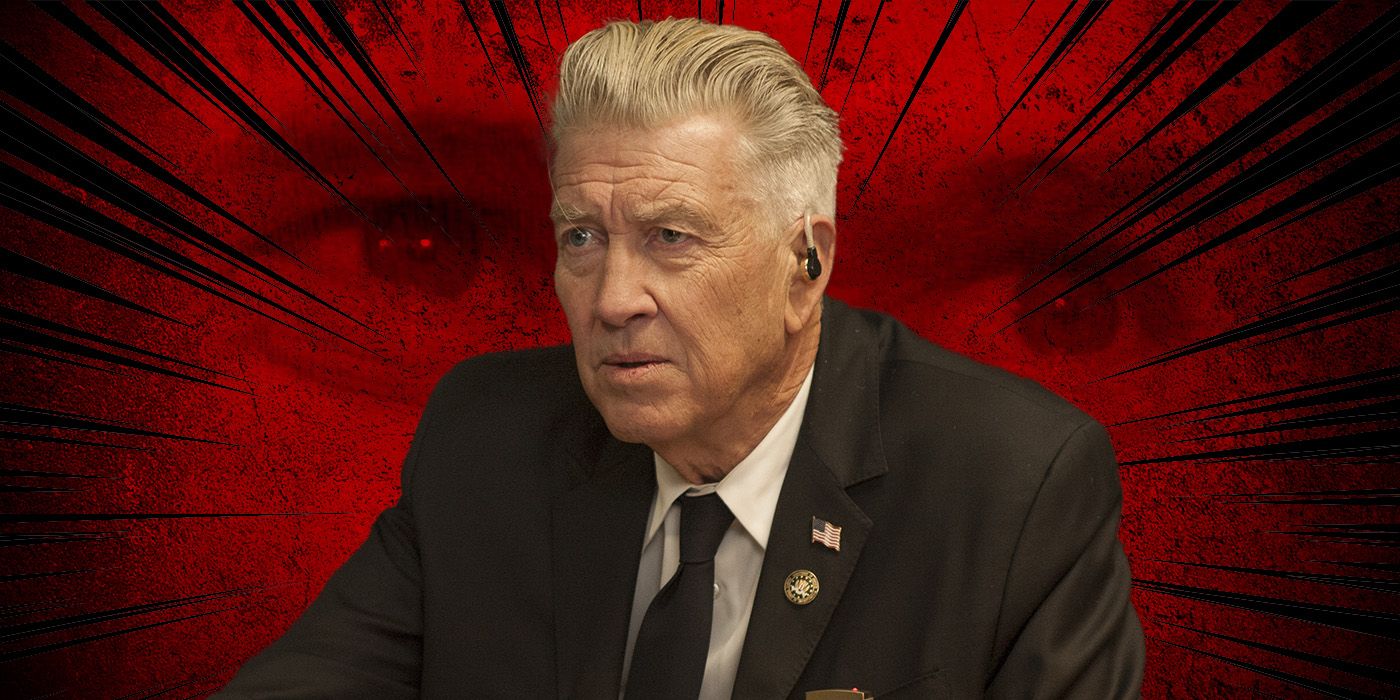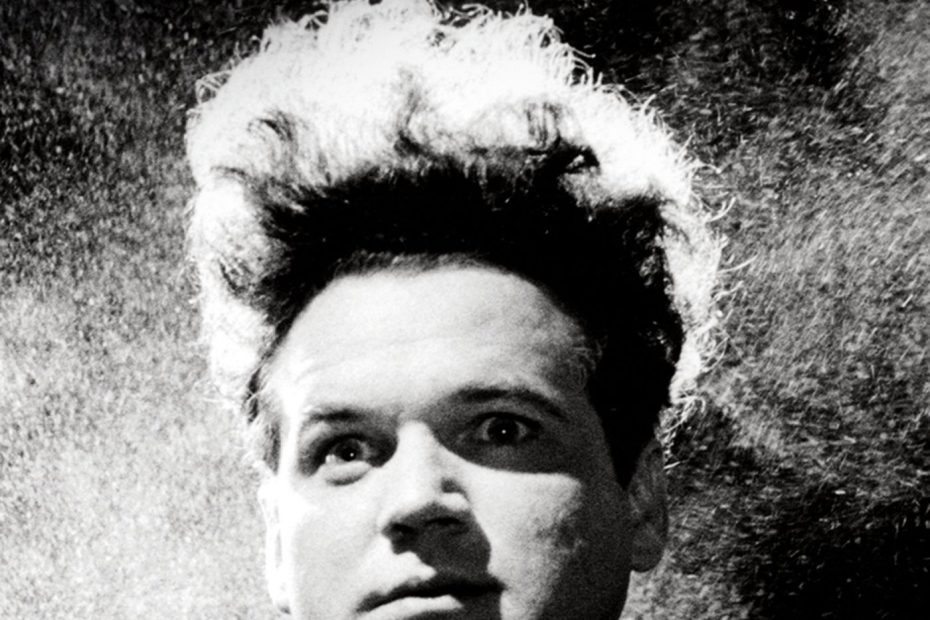The Big Picture
-
Eraserhead
David Lynch’s debut film, is a profoundly dark and conceptually bizarre body-horror experiment that explores themes of life, death, identity, and sexuality. - Stanley Kubrick, renowned director of
The Shining
considered
Eraserhead
his favorite movie and showed it to his cast and crew to inspire the style of his own film. - Both
Eraserhead
and
The Shining
resist clear interpretation, favor visuals over dialogue, and use sound to create a chilling atmosphere, leaving audiences to ponder their meanings.
In the late ’70s, Stanley Kubrick directed The Shining as an unprecedentedly surreal, terrifying, and complex horror film. With a special blend of mystery and suspense that begs the audience to contemplate its intricacies, The Shining was really unlike most horror films to come before it. However, Kubrick did manage to find a kindred spirit for The Shining in a 1977 horror movie from a then-novice director, calling the debut feature his favorite movie of all time and showing it to The Shining‘s cast and crew for an example of the style they strove for.

Eraserhead
Henry Spencer tries to survive his industrial environment, his angry girlfriend, and the unbearable screams of his newly born mutant child.
- Release Date
- February 3, 1978
- Director
- David Lynch
- Cast
- Jack Nance , Laurel Near , Charlotte Stewart , Allen Joseph
- Runtime
- 89 minutes
- Writers
- David Lynch
Stanley Kubrick Made ‘The Shining’ Cast and Crew Watch David Lynch’s ‘Eraserhead’
The 1977 film was Eraserhead — the profoundly dark and conceptually bizarre freshman feature from David Lynch. Lynch created the film as a student at the American Film Institute Conservatory throughout the 1970s, with production and funding troubles prolonging the process for the majority of the decade. Nevertheless, the outcome is a high-concept body-horror experiment that became an instant cult-classic through midnight movie screenings upon release. Subtitled “David Lynch’s Dream of Dark and Troubling Things,” Eraserhead continues to leave viewers entranced by its nightmarish explorations of life and death, identity and infanticide, sexuality and sound.
To this day, nobody really knows what Eraserhead is about, and Lynch is notoriously secretive about his intentions behind the film. The plot centers around a lonely man named Henry Spencer (Jack Nance), who is left as the sole caretaker of his grotesquely-disfigured prematurely-born child. Within that narrative, the story takes several unexpected and inexplicable turns, including a musical number from a deformed woman living in Henry’s radiator and a sequence of Henry’s head falling off and his brains being turned into the eponymous eraserheads. It is an unhinged inauguration to the erratically surreal filmmaking style that Lynch would revisit time and time again in the likes of Lost Highway, Mulholland Drive, Inland Empireand Twin Peaks.
Like most of Lynch’s films, Eraserhead is not necessarily made to be understood, but rather appreciated and interpreted from the viewer’s own subjective perspective. Perhaps this is why Stanley Kubrick, when trying to adapt Stephen King‘s The Shining into something rife with layered meanings and subliminal themes, found Lynch’s movie to be such an inspiration.
How Is ‘The Shining’ Similar to ‘Eraserhead’?
In Lynch’s book, Catching The Big Fish: Meditation, Conciousness, and Creativitythe director recounts how Stanley Kubrick did him a great honor early in his career. Lynch was working in England when some fellow filmmakers told him that they had been at Stanley Kubrick’s house the night before. They said that when Kubrick offered to show them his favorite film, he turned on Eraserhead. This must have been a profound compliment for the young Lynch, considering that Eraserhead was his first movie and that the praise came from the twelve-time Academy Award-nominated director of Dr. Stragelove, 2001: A Space Odyssey,A Clockwork Orange, Barry Lyndonand many other esteemed films.
Kubrick later went on to tell Lynch that he showed Eraserhead to his Shining cast and crew “to put them in the mood”— and what a mood it is! While there aren’t many parallels between the films’ plots, the feel of the two are quite similar. Both deal with themes of isolation and emasculation, placing depraved images of family and fatherhood at their centers. Similarly, something quasi-supernatural lurks in both films, and the lines between reality and imagination gray with the characters’ minds. They’re both latent psychological thrillers as well as horror films.

The Most Horrific David Lynch Villain Isn’t the One You’re Thinking Of
From Killer BOB to Frank Booth, Lynch knows how to send a chill down your spine — but this villain may just be his worst.
The parallels between the films also extend to their respective craftsmanships. Though The Shining is a notably well-lit horror movie and Eraserhead nearly incomprehensibly dark at times, both films favor visuals over dialogue to get their messages across. Above all else, though, The Shining endorses a particularly Lynchian use of sound. David Lynch is known for endowing his films with unnerving ambient noise and letting the cameras roll with sound as the primary subject. Eraserhead is no exception. The Shining follows suit, letting scenes play out with nothing but unidentifiable background noises to set the sinister tone.
Of course, the most profound similarity between the two films may be their approach to narrative. Both Eraserhead and The Shining are emphatically resistant to explication, and neither David Lynch nor Stanley Kubrick have offered definitive interpretations of their respective works. For over forty years since the films’ releases, fans, cinephiles, and even academic film scholars have tried to dissect and analyze the movies, sometimes coming up with wild conclusions about their true meanings. Eraserhead can be read as a film that is pro-life or pro-choice, pro-feminism or anti-feminism, anti-family or anticapitalist, and even pornographic. Meanwhile, some believe that Kubrick riddled The Shining with hints about his involvement in staging the moon landing using special effects developed for 2001: A Space Odyssey. There is hardly any limit to how audiences might interpret these richly abstract films.
David Lynch’s ‘Eraserhead’ Lives on in More Than Just ‘The Shining’
Eraserhead‘s legacy goes beyond The Shining. In addition to Stanley Kubrick, Mel Brooks also saw Eraserhead and loved it so much that he asked Lynch to direct The Elephant Man. Lynch took the opportunity and ended up earning a Best Director Oscar nomination for his efforts, launching his name into the mainstream movie making business. Shortly thereafter, he also received an offer from George Lucas to direct Return of the Jedi — an offer that he turned down, but definitely one that makes audiences wonder what a David Lynch Star Wars movie could have looked like.
Moreover, according to a 2014 Esquire articlethe unique look of the Eraserhead baby influenced H.R. Giger‘s Xenomorph designs in Alien; Henry’s poofy hairdo led to the eccentric appearance of The Coen Brothers‘ Barton Fink; and the film as a whole provided creative and tonal inspiration for Darren Aronofsky‘s Pi and Requiem for a Dream as well as Terry Gilliam‘s Brazil. Ironically, “David Lynch’s Dream of Dark and Troubling Things” has become a beacon of light for many innovative filmmakers over the years.
As for The Shiningit has even surpassed Eraserhead in terms of viewership and pop-culture influence, not just inspiring, but receiving straightforward deference in films like Ready Player One, Itand its sequel, Doctor Sleep. It seems safe to say that Kubrick was successful in creating something that captures the mood of Eraserhead — a puzzling nightmare of a film that leaves viewers pondering its smallest details after every well-warranted rewatch.
Eraserhead is available to stream on Max in the U.S.
